Amsterdam , 2010
MOON ACADEMY
EXPERIMENTAL ACADEMY IN AMSTERDAM
The main goal of the Academy programme was to exchange knowledge and provide a new impetus and approach for development and innovation by art and culture professionals. The Moon Life Academy focused on professionals and master students as academies and universities. Every year the academy will focus on new themes. International scientists in the field of space technology and related disciplines, architects, designers, and publishers contribute to the programme.
Moon Academy No. 1 took place in association with the European Space Agency (ESA) from April to August 2010. The Moon Academy was open to young professionals and students of various disciplines, from architecture to sonology, and was hosted by ESA, Noordwijk, and SMART Project Space, Amsterdam. The Moon Academy functioned as a platform for ideas and exchange, and participants were asked for products or prototype proposals that could be implemented in the next phase of the project: Moon Life Product Development. Alicia Framis presented the project and concept to interested students at different institutions: KABK, HKU, Sandberg Instituut, ArtEZ, Instituut voor Sonologie, Academie van Bouwkunst, Luchtvaart- en Ruimtevaarttechniek TU Delft, VU Amsterdam and the Design Academy Eindhoven.
A selection of students who put forward the most interesting proposals was invited to participate in an extensive workshop held by an international, interdisciplinary group with lunar expertise. The workshops were developed in close collaboration with ESA, who also co-hosted the workshops. The lectures were given by various experts: Susmita Mohanty, Barbara Imhof, Andreas Vogler, Irene Lia Schlacht, Abigail Calzada, Rob La Frenais, David Raitt, Pierre Alexis Joumel and Bernard Foing.
Renowned artists, designers, and architects guided the participants during the workshops as they developed concepts for Moon Life. Crossover collaboration was much encouraged and mediation took place between participants and ESA, so that ideas could be developed and brought to a higher level.
Speakers
Susmita Mohanty
Barbara Imhof
Abigail Calzada
Irene Lia Schlacht
Andreas Vogler
David Raitt
Rob La Frenais
Bernard H. Foing
Workshop tutors
Alicia Framis
Abigail Calzada
Irene Lia Schlacht
Marina Toeters
John Lonsdale
Tao G. Vhrovec Sambolec
Claire Todd
Bernard H. Foing
PARTICIPANTS MOON ACADEMY
Speakers and tutors
Susmita Mohanty (could finally not attend unfortunately)
Barbara Imhof
Abigail Calzada
Irene Lia Schlacht
Andreas Vogler
David Raitt
Rob La Frenais (could not attend unfortunately)
Bernard H. Foing
Alicia Framis
Marina Toeters
John Lonsdale
Tao G. Vhroves Sambolec
Claire Todd
ZUS – Elma van Boxel
ZUS- Kristian Koreman
DUS – Hedwig Heinsman
DUS – Mahtab Akhavan
Edhv – Remco van de Craats
KABK
Sandra Gnjatovic
Katinka van Gorkum
Machteld Rullens
Marlot te Kiefte
Rutger Laumen
Iris Donker
Julia Berendsen
Academie van Bouwkunst Amsterdam
Arnoud Aarnoudse
Txell Blanco
Marit Janse
Hein van Lishout
Ramon Postma
Nina Scherer
Sandberg Instituut
Krimo Benlaloua
Master Interior Design en Public Space Design HKU- Wim Marseille
Krystel Comati
Chrysoula Korovesi
Jeanett Iversen
Saskia Visch
Sybren Stroo
I-Chung Chiu
Kolmonate Trisupatslip
Vithaloka Ayudia Dewi
Maria Teresa Carero
Alexandre Mertens
Anneke Abhelakh
Janneke Raaphorst
Brian d Mckenna
Haruka Uemura
Marie Burlot
Jimmy Paul van Rinsum
Paula Ampuero
Harald Schole
Maria Serret
Jefta Bade
Arjen Oosterman
Lilet Breddels
Celine Wouters
Noura Habbab
Thomas Peutz
Una Henry
Pim Komen
Jacques Blamont
Pierre-Alexis Joumel
Eline Feenstra
Research is the starting point of all Moon Life Foundation activities. Research is done into the physical, social, and technological conditions in space, urban planning, architecture, tourism, and politics aspects of life beyond Earth. We investigate such questions as: What will be the primary mode of communication – or lack of communication? Who will be the lucky ones to live out there? How will space tourism influence the conscience of not having defined borders on Earth? What would an Earth Passport to travel into space look like? What will the lunar money be? What will be the impact of human beings viewing earth as a distant planet? Are earthly borders an invention of fear?
Democratization of space
Space research is usually directed by governmental/military interests, hence some inventions have an almost hostile appearance to them. Take the development of a ‘National Missile Defense System,’ the space race (which nation will be the first to reach the Moon, or Mars…) as one in a long list of examples.
Moon Life proposed that 40 years after the first human being set foot on the moon, it is now a time for a more democratic, peaceful, artistic and cultural investigation of space. Recent financial cutbacks have forced governmental agencies like NASA to collaborate with amateur researches, private parties, and commercial space companies. This is a cautious start to a democratization process that Moon Life wants to take further. Artists, designers, and architects are encouraged to think radically about concepts for habitat design for moon life, creating a platform for the public to engage with such notions, and to discuss the ‘public-ness’ of the possibility of living on the moon.
Redefinition of design culture
The extraterrestrial context, with its extreme conditions, restrictions, and opportunities, forces us to abandon familiar points of departure in the design process. This process can lead to innovative and functional tools for our earthly existence; a point that has already been proved by the aerospace industry (Velcro, microwave, Internet, laptop, MP3 player, airbags, etc.). With the interdisciplinary character of the project (science, technology, art and design) in a futuristic context, Moon Life aims to initiate new developments in design culture. Is it possible to create a future-oriented, innovative impulse in the same way that Constant’s New Babylon did in his time?
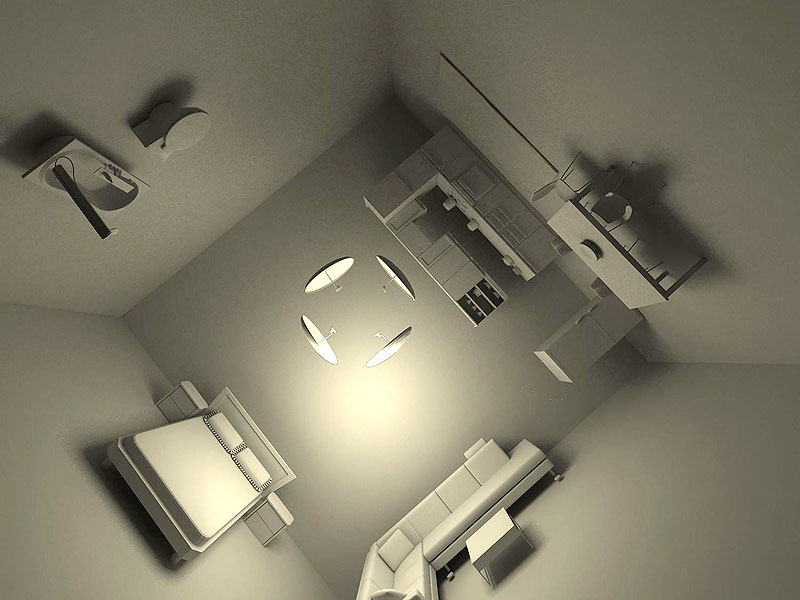
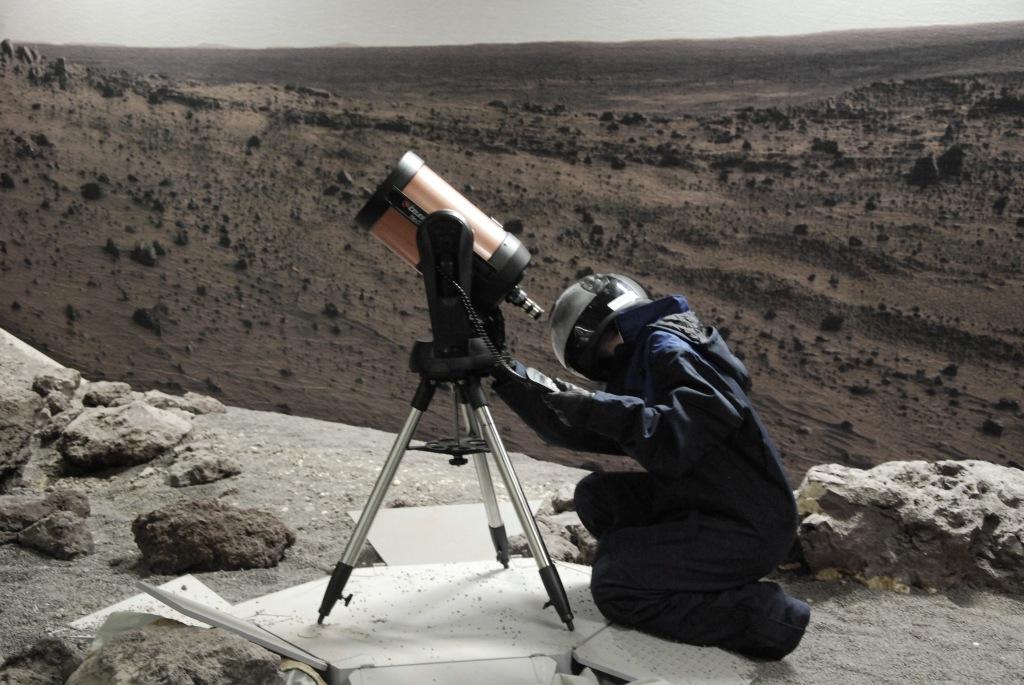
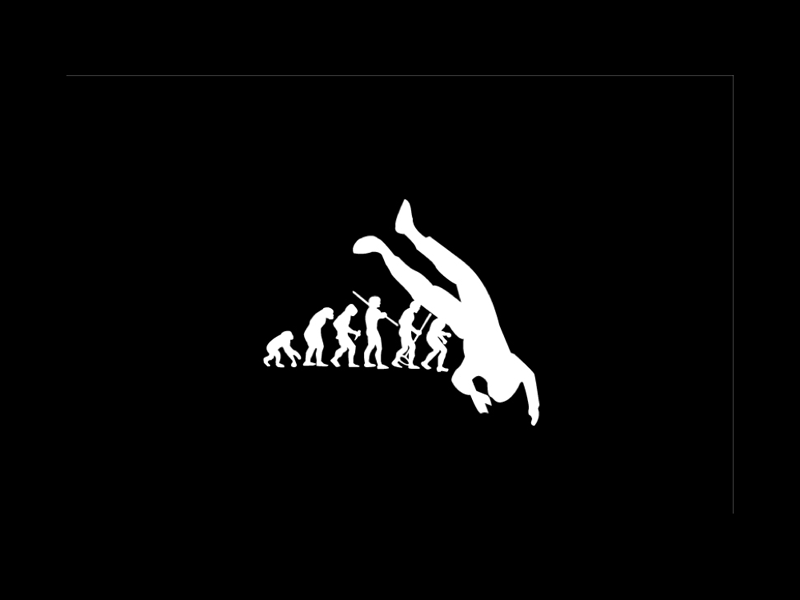
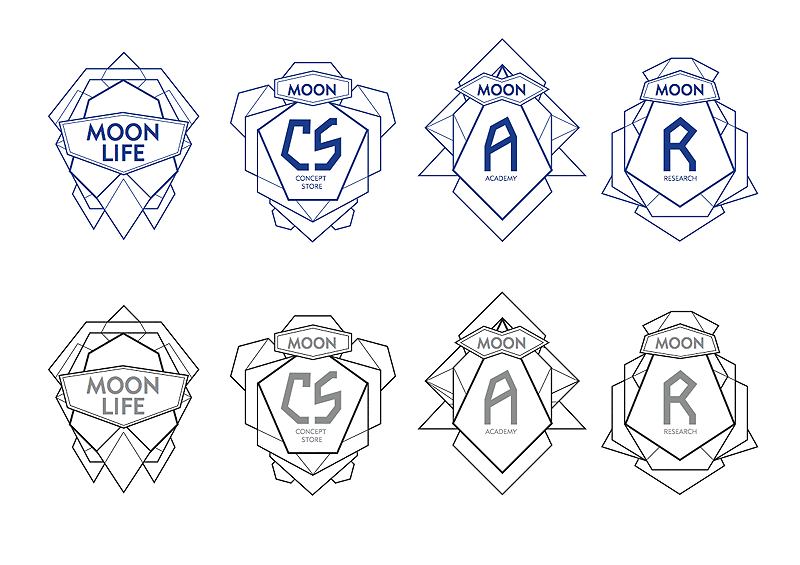
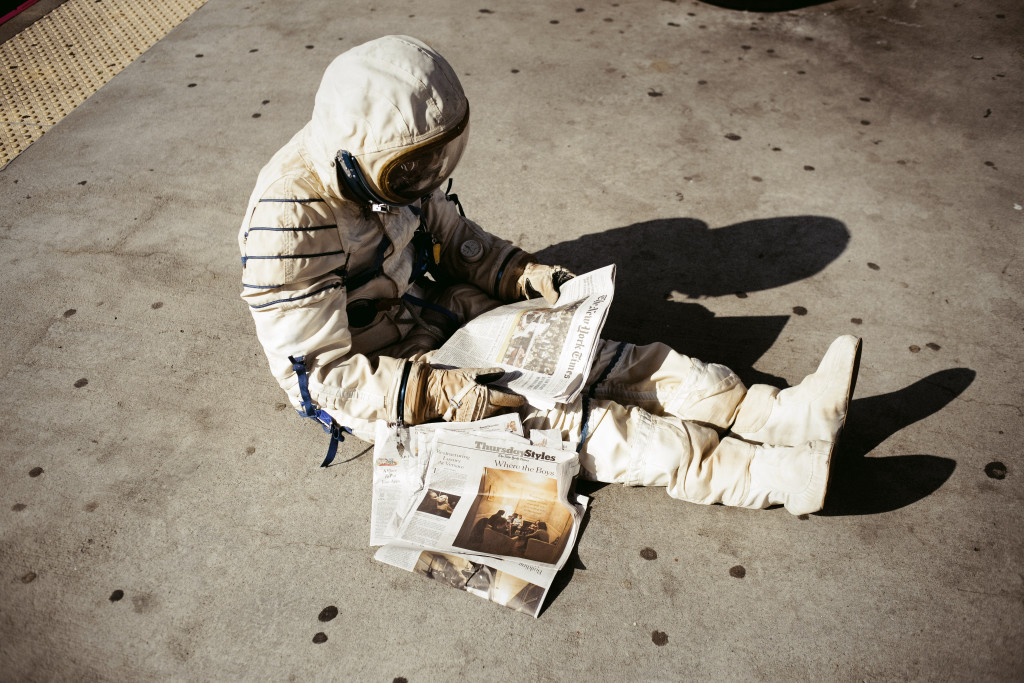
The main goal of the Academy programme was to exchange knowledge and provide a new impetus and approach for development and innovation by art and culture professionals. The Moon Life Academy focused on professionals and master students as academies and universities. Every year the academy will focus on new themes. International scientists in the field of space technology and related disciplines, architects, designers, and publishers contribute to the programme.
Moon Academy No. 1 took place in association with the European Space Agency (ESA) from April to August 2010. The Moon Academy was open to young professionals and students of various disciplines, from architecture to sonology, and was hosted by ESA, Noordwijk, and SMART Project Space, Amsterdam. The Moon Academy functioned as a platform for ideas and exchange, and participants were asked for products or prototype proposals that could be implemented in the next phase of the project: Moon Life Product Development. Alicia Framis presented the project and concept to interested students at different institutions: KABK, HKU, Sandberg Instituut, ArtEZ, Instituut voor Sonologie, Academie van Bouwkunst, Luchtvaart- en Ruimtevaarttechniek TU Delft, VU Amsterdam and the Design Academy Eindhoven.
A selection of students who put forward the most interesting proposals was invited to participate in an extensive workshop held by an international, interdisciplinary group with lunar expertise. The workshops were developed in close collaboration with ESA, who also co-hosted the workshops. The lectures were given by various experts: Susmita Mohanty, Barbara Imhof, Andreas Vogler, Irene Lia Schlacht, Abigail Calzada, Rob La Frenais, David Raitt, Pierre Alexis Joumel and Bernard Foing.
Renowned artists, designers, and architects guided the participants during the workshops as they developed concepts for Moon Life. Crossover collaboration was much encouraged and mediation took place between participants and ESA, so that ideas could be developed and brought to a higher level.
Speakers
Susmita Mohanty
Barbara Imhof
Abigail Calzada
Irene Lia Schlacht
Andreas Vogler
David Raitt
Rob La Frenais
Bernard H. Foing
Workshop tutors
Alicia Framis
Abigail Calzada
Irene Lia Schlacht
Marina Toeters
John Lonsdale
Tao G. Vhrovec Sambolec
Claire Todd
Bernard H. Foing
PARTICIPANTS MOON ACADEMY
Speakers and tutors
Susmita Mohanty (could finally not attend unfortunately)
Barbara Imhof
Abigail Calzada
Irene Lia Schlacht
Andreas Vogler
David Raitt
Rob La Frenais (could not attend unfortunately)
Bernard H. Foing
Alicia Framis
Marina Toeters
John Lonsdale
Tao G. Vhroves Sambolec
Claire Todd
ZUS – Elma van Boxel
ZUS- Kristian Koreman
DUS – Hedwig Heinsman
DUS – Mahtab Akhavan
Edhv – Remco van de Craats
KABK
Sandra Gnjatovic
Katinka van Gorkum
Machteld Rullens
Marlot te Kiefte
Rutger Laumen
Iris Donker
Julia Berendsen
Academie van Bouwkunst Amsterdam
Arnoud Aarnoudse
Txell Blanco
Marit Janse
Hein van Lishout
Ramon Postma
Nina Scherer
Sandberg Instituut
Krimo Benlaloua
Master Interior Design en Public Space Design HKU- Wim Marseille
Krystel Comati
Chrysoula Korovesi
Jeanett Iversen
Saskia Visch
Sybren Stroo
I-Chung Chiu
Kolmonate Trisupatslip
Vithaloka Ayudia Dewi
Maria Teresa Carero
Alexandre Mertens
Anneke Abhelakh
Janneke Raaphorst
Brian d Mckenna
Haruka Uemura
Marie Burlot
Jimmy Paul van Rinsum
Paula Ampuero
Harald Schole
Maria Serret
Jefta Bade
Arjen Oosterman
Lilet Breddels
Celine Wouters
Noura Habbab
Thomas Peutz
Una Henry
Pim Komen
Jacques Blamont
Pierre-Alexis Joumel
Eline Feenstra
Research is the starting point of all Moon Life Foundation activities. Research is done into the physical, social, and technological conditions in space, urban planning, architecture, tourism, and politics aspects of life beyond Earth. We investigate such questions as: What will be the primary mode of communication – or lack of communication? Who will be the lucky ones to live out there? How will space tourism influence the conscience of not having defined borders on Earth? What would an Earth Passport to travel into space look like? What will the lunar money be? What will be the impact of human beings viewing earth as a distant planet? Are earthly borders an invention of fear?
Democratization of space
Space research is usually directed by governmental/military interests, hence some inventions have an almost hostile appearance to them. Take the development of a ‘National Missile Defense System,’ the space race (which nation will be the first to reach the Moon, or Mars…) as one in a long list of examples.
Moon Life proposed that 40 years after the first human being set foot on the moon, it is now a time for a more democratic, peaceful, artistic and cultural investigation of space. Recent financial cutbacks have forced governmental agencies like NASA to collaborate with amateur researches, private parties, and commercial space companies. This is a cautious start to a democratization process that Moon Life wants to take further. Artists, designers, and architects are encouraged to think radically about concepts for habitat design for moon life, creating a platform for the public to engage with such notions, and to discuss the ‘public-ness’ of the possibility of living on the moon.
Redefinition of design culture
The extraterrestrial context, with its extreme conditions, restrictions, and opportunities, forces us to abandon familiar points of departure in the design process. This process can lead to innovative and functional tools for our earthly existence; a point that has already been proved by the aerospace industry (Velcro, microwave, Internet, laptop, MP3 player, airbags, etc.). With the interdisciplinary character of the project (science, technology, art and design) in a futuristic context, Moon Life aims to initiate new developments in design culture. Is it possible to create a future-oriented, innovative impulse in the same way that Constant’s New Babylon did in his time?